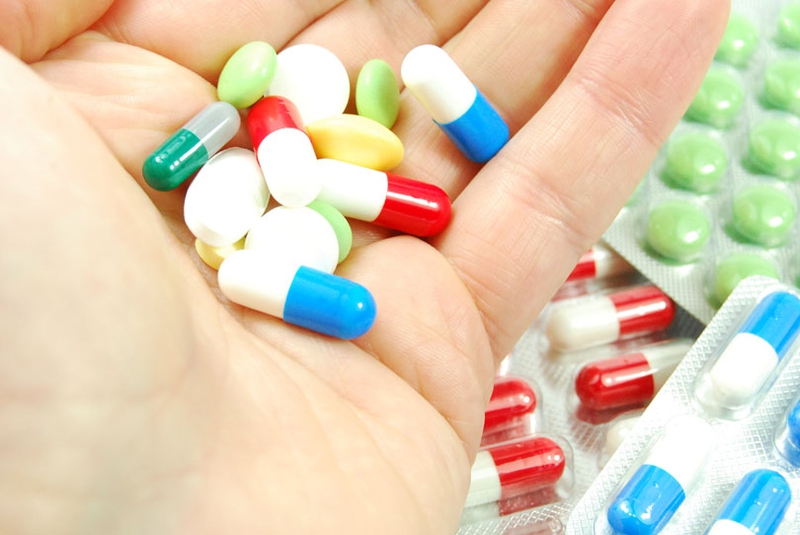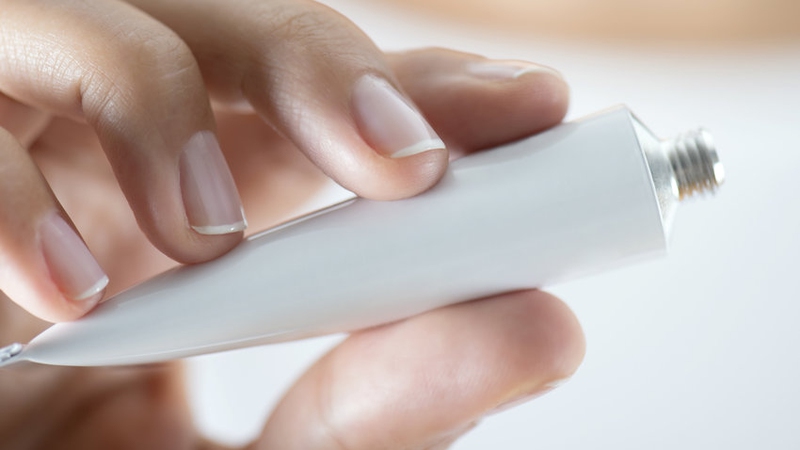For those who didn’t already know, vaginal yeast infection, also called vaginal candidiasis or vulvovaginal, is a fungal infection of your genitals which is most commonly experienced by women. However, men too have reported to suffer from it.
If you’re infected, then vaginal discharge, irritation and inflammation are some of the many vaginal yeast infection symptoms that you will experience. And if you have little to no knowledge regarding vaginal yeast infection (VYI), then this article will explain everything to you as simply and briefly as possible.

Vaginal Yeast Infection Symptoms
Do you know when you get vaginal yeast infection? What types of signs and symptoms will you experience? Now is the time to discuss the symptoms in detail.
Severe itching in or near your vagina
Pain in your vagina during sex
Irritation or burning in or near your vagina
Soreness in or near your vagina
A discharge of a thick liquid that is whitish in appearance and is odorless
A burning sensation during urination
Rashes on or near your vagina
Swelling or redness in or near your vagina
Generally speaking, a woman may experience as many as 4 cases of VYI in the span of one year. In the case of men, the fungal infection affects their penis in a similar fashion. You should also know that vaginal yeast infection symptoms become more pronounced around a week before your menses.
Risk Factors Which Increase Your Chances of an Infection
There are certain things you may not be aware of, which may automatically snowball into you getting a vaginal infection. What are these things and what should you do to ensure you don’t get infected?
Diabetes: If you’re someone who neither aware of your diabetes or doesn’t take it seriously, then the result would be high blood sugar levels. And when compared to women with well-controlled diabetes, women with poorly controlled diabetes are more likely to develop a yeast infection.
Sex: Even though, technically speaking, VYI isn’t an STD, the candida fungus can easily transfer the infection from genital to genitals.
Antibiotics: Some antibiotics, which work to kill bacteria in your body, could also end up killing the good bacteria. This results in a growth of yeast in your vagina, as a result of which you get VYI.
Poor immune system: In this case, your body is more susceptible to infections, thus automatically increasing you chances of getting VYI.
High estrogen levels: Yeast infections are more common in women with an increased estrogen level. This can include women who are pregnant or those who are taking high-dose estrogen birth control pills or estrogen hormone therapy.
Get It Diagnosed By a Doctor
Once you believe you may be suffering from a VYI infection, the first thing you need to do is to visit your gynecologist. After asking you a set of routine questions that will help her narrow down the cause of your infection, she may:
Order lab tests if this is your second or third infection in a year.
Make you undergo a pelvic exam to check your cervix, vulva and vagina to confirm whether you really have an infection or not.
Take a sample of your vaginal discharge and either check it under a microscope or send it to a lab to confirm the diagnosis.
Depending on whether your VYI is complicated or uncomplicated, medication will be prescribed accordingly.
Vaginal Yeast Infection Treatment
So after your body displayed vaginal yeast infection symptoms, you went to the doctor and it was confirmed that you have VYI, so next comes the treatment.
An uncomplicated/regular infection can easily be taken care of with antifungal medicine. In some cases, your doctor may offer to give you an antifungal medicine like fluconazole in the clinic itself.
You can also easily purchase any such medicine without a prescription, and with the variety they are available in tablets, ointments, creams or suppositories, buying one that is the most convenient to you won’t be a problem.
Creams are often recommended because you can apply them topically to the problem area in order to get the quickest results. Depending on the brand of cream you choose, you can apply it anytime between 7 days in total to just once only.
However, do keep in mind to visit a doctor and get his/her recommendation for which medicine to purchase. Do not go in blind on the assumption that you have a VYI (which could easily be another infection) and self-medicate yourself. That is harmful for you. Often, women confuse bacterial vaginosis or STDs with VYI, which obviously need a different set of medicines to work on them.
Applying a cream meant for VYI to an infection caused by STD or bacterial vaginosis will not only not work but also in some cases may even worsen your existing infection.
Applying creams meant for soothing vaginal yeast infection symptoms (when you don’t have it) results in your body’s immune system to becoming resistant to the medicine. And when you do get a VYI in the future, that medicine will prove useless to you.








View All Comments /Add Comment